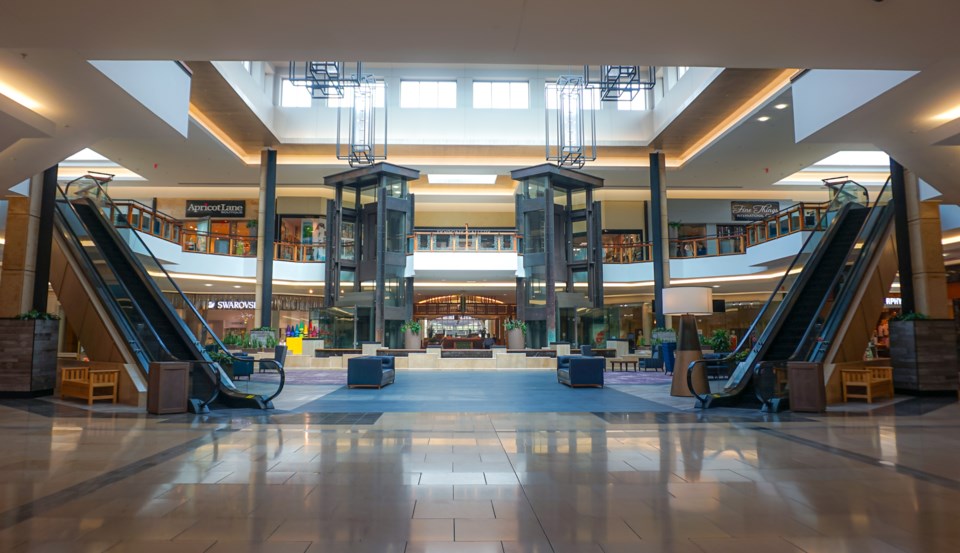The Shops at Willow Bend opened on Aug. 3, 2001 — an estimated 250,000 visitors showed up during the opening weekend. The eagerly-anticipated mall looked like a sure-fire hit, bolstered by it boasting big-name department stores like Neiman Marcus, Foley’s (later Macy’s), Dillard’s and Lord & Taylor. Yet, despite its auspicious start, it was all downhill from there.
Here’s why.
The Shops at Willow Bend: A Promising Idea
Located at the northwest corner of the Dallas North Tollway and West Park Boulevard, this ambitious $200 million project (about $356.4 million today) by the Taubman Company was designed as an ultra-upscale for a growing Collin County. According to Deadmalls.com, developers even attempted to buy out and demolish a two-year-old Home Depot across the street, arguing that it clashed with their vision of a luxury retail hub.
As malls like Prestonwood Town Center in Far North Dallas faltered following a $125 million renovation that fell through and as Valley View slid into decline, The Shops at Willow Bend seemed a promising solution, with Lord & Taylor and Neiman Marcus replacing their former locations at Prestonwood. These additions spared Plano residents the drive to North Park Center or Galleria Dallas, offering a luxury shopping experience closer to home. Plus, it was a beautiful mall.
The Home Depot across the street still stands today, in sharp contrast to the near vacant mall, awaiting revitalization.
Willow Bend Struggled From The Start
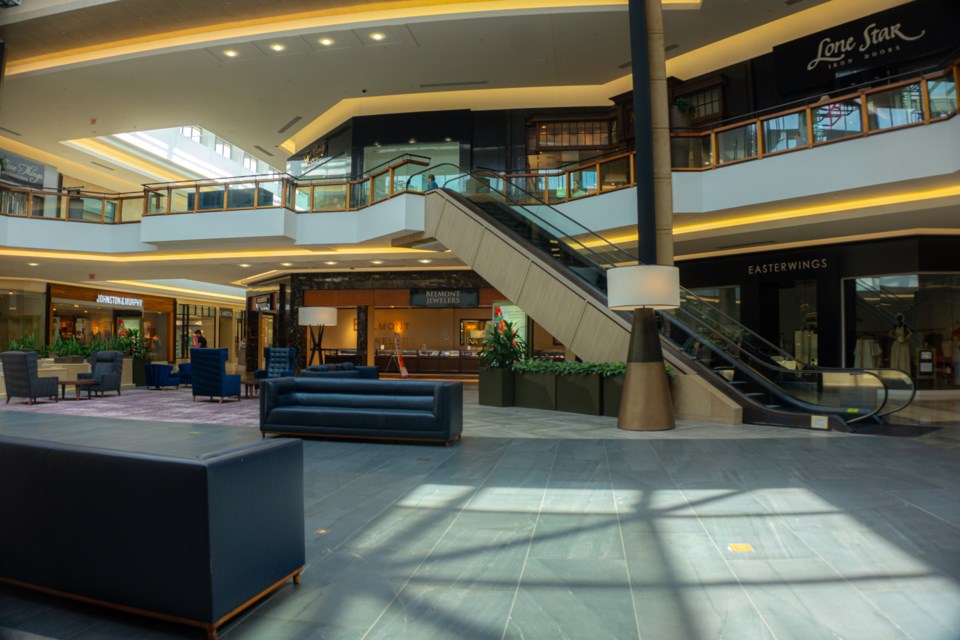
The Shops at Willow Bend’s problems surfaced almost immediately after opening — in fact, the timing was far from ideal. Just weeks later, the tragic events of Sept. 11 shook the nation, triggering an economic downturn that severely impacted consumer spending with retail sales dropping by approximately 10–20%, further stifling the already struggling sector.
But in the aftermath of 9/11, President Bush encouraged people not to be afraid to "go shopping for their families." Spending began recovering, but The Shops at Willow Bend did not recover, as Michael Platt, the executive vice president of mixed-use development for the current developer Centennial told D Magazine, the mall “probably never really found its footing.”
The Shops Can’t Keep Up Nearby Competition
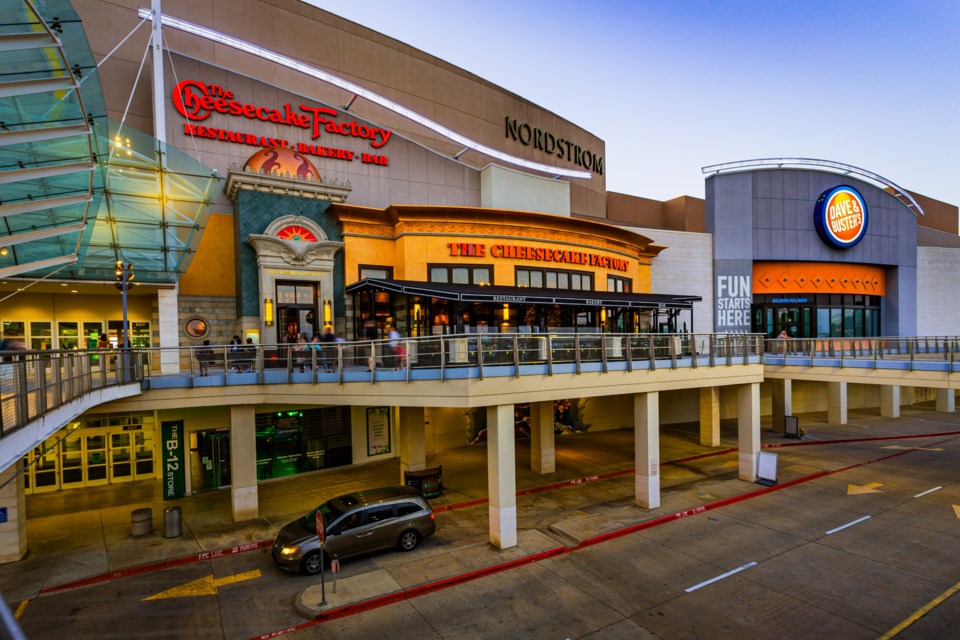
But even before The Shops at Willow Bend opened, it already had local competition. A year earlier, Stonebriar Centre in Frisco opened. With a full year to establish itself and build a customer base before consumer spending slowed, Stonebriar quickly became the area’s preferred shopping destination due to its larger selection of stores and more vibrant atmosphere. This made it challenging for The Shops at Willow Bend to establish its own identity and draw consistent foot traffic, while Stonebriar continues to thrive to this day.
Competition continued into the mid-2010s with the addition of The Shops at Legacy and Legacy West. While newer shopping centers embrace modern trends, Willow Bend feels like a relic of the era when enclosed malls thrived. Its quieter, more subdued atmosphere stands in stark contrast to the bustling, trend-forward destinations that now dominate the region.
While the Shops at Willow Bend, the last enclosed shopping mall built in Texas and one of the last in the country, seem like a relic of the past — a time capsule for the pre-9/11 world.
The Shops at Willow Bend Change Hands (Again And Again)
In 2014, Chicago-based Starwood Retail Partners acquired Willow Bend along with several other malls in a $1.4 billion deal. The following year, Starwood announced a $100 million redevelopment plan aimed at revitalizing the property. The proposal included office and hotel spaces, an open-air plaza and restaurant tenants including Knife Steakhouse, Mexican Bar Co. and Terra Mediterranean, which are still there today.
“Since their opening, The Shops at Willow Bend has worked to evolve with the community and the needs of the consumer,” Plano Chamber of Commerce President and CEO Jamee Jolly said at the time.
But by 2020, Starwood had fallen behind on its loan payments for the mall, and construction on a planned movie theater came to a halt. Lenders seized control, and in 2021, New York-based Spinoso Real Estate Group took over mall operations. By the following year, occupancy had dropped to below 70% — which was what the mall began with in 2001.
The Shops at Willow Bend Rebrands As The Bend
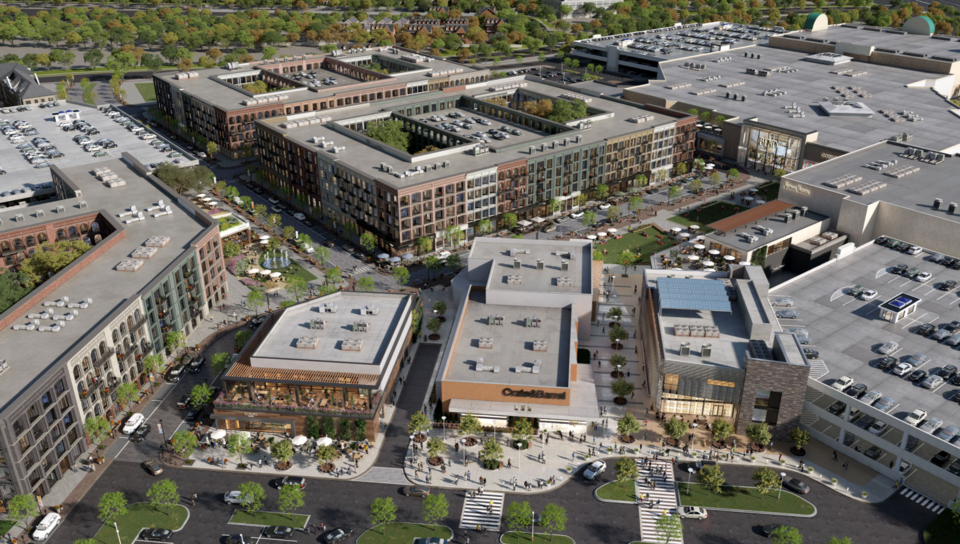
In 2022, Dallas-based developers Centennial purchased the mall and began planning a massive redevelopment. In February 2024, Plano City Council approved Centennial’s redevelopment plans for the site, which involve demolishing 500,000 square feet of mall space to make way for a mixed-use transformation.
The project, called The Bend, included 965 apartments, an 18-story hotel and a seven-story office building while preserving approximately 400,000 square feet of the existing mall. Stores such as Dillard’s, Neiman Marcus and Crate & Barrel and Macy’s were all set to remain — until Macy’s announced the closure of dozens of stores nationwide, including its Plano location.
How The Bend Is Adapting To Changes
With Macy’s closing, Centennial needed to reimagine the space and decided to introduce mid-rise residential units in place of the department store.
“Macy's was a cornerstone of that prior development,” Platt recently told Local Profile. “Now, with them leaving the property at the end of this quarter, we felt it was appropriate to pivot. In fact, we needed to pivot. As a result, we've got a great new plan.”
The updated proposal maintains the previously approved total of 965 residential units while redistributing around 300 of them to a more central location. This shift enhances the mall’s energy and provides residents with a walkable, convenient lifestyle. Designed to appeal to a diverse range of tenants — including young professionals and families — the new units will offer a mix of one-, two- and three-bedroom apartments.
The Bend Hopes To Find Success Outside Of Retail
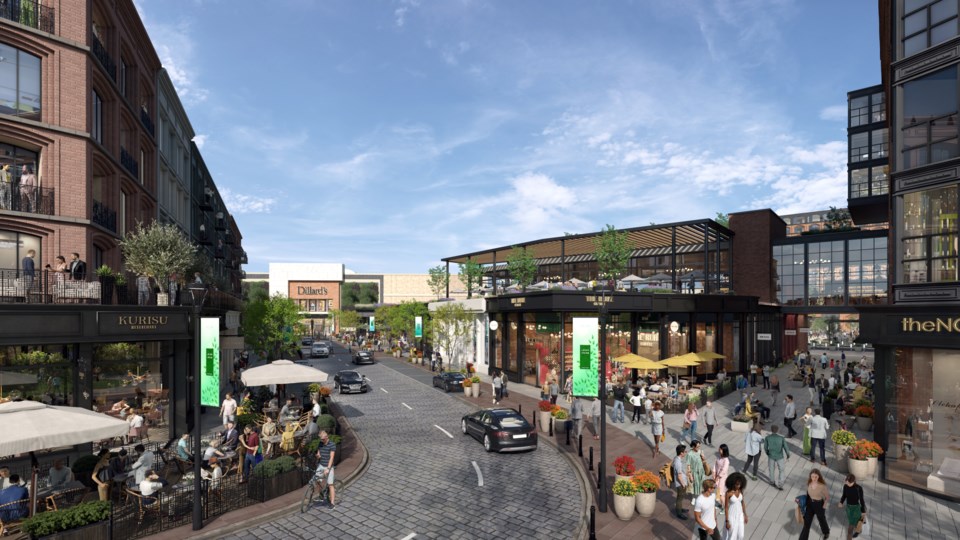
But despite these plans changing, it might be for the better. According to Platt, one of the biggest reasons the mall ultimately failed is because it was bringing in the wrong tenants. “What was really not curated well in the ownership cycle was there was still too much retail,” Platt said.
Platt believes they now have a clearer understanding of today’s market, which no longer requires the same amount of retail currently on the site. Their first step toward success is right-sizing the retail — maintaining an appropriate amount for the market while ensuring it is well-leased and thoughtfully curated for the property.
“From there, we can take the remaining real estate and redeploy it in a way that’s more relevant, incorporating office space, hospitality, residential, fitness, entertainment, great cafés and high-street retail,” Platt said. “This outward-facing retail approach, which doesn’t exist on-site today, opens the door to an entirely new group of tenants we wouldn’t otherwise be able to attract."
What’s Next For The Bend
The developers gained approval from the Plano Planning and Zoning Commission, but they still need city council approval. Once secured, the development team is ready to move swiftly in securing financing, finalizing partnerships and preparing for construction. Work on the site could begin by the year’s end.
The transformation of The Shops at Willow Bend into The Bend promises to be a major development for Plano, revitalizing the struggling property. By reimaging it, new name and all, the mall’s string of bad luck could be coming to an end. Let’s hope The Bend fairs better.
Don't miss anything Local. Sign up for our free newsletter.

